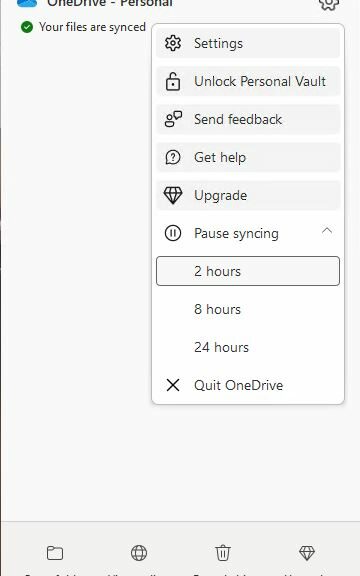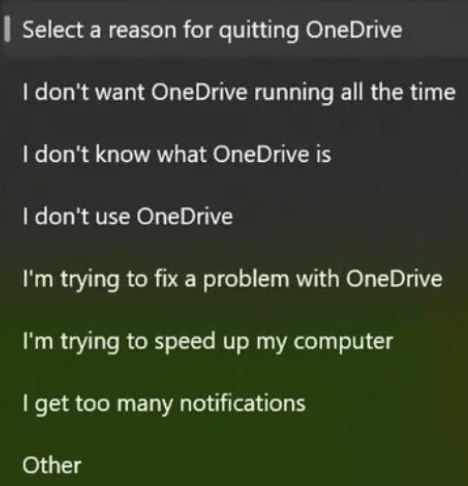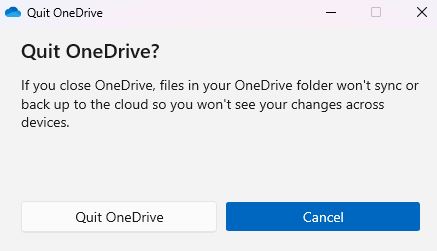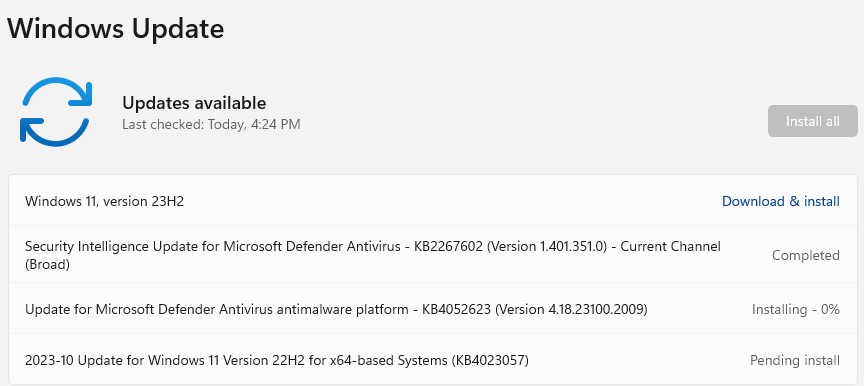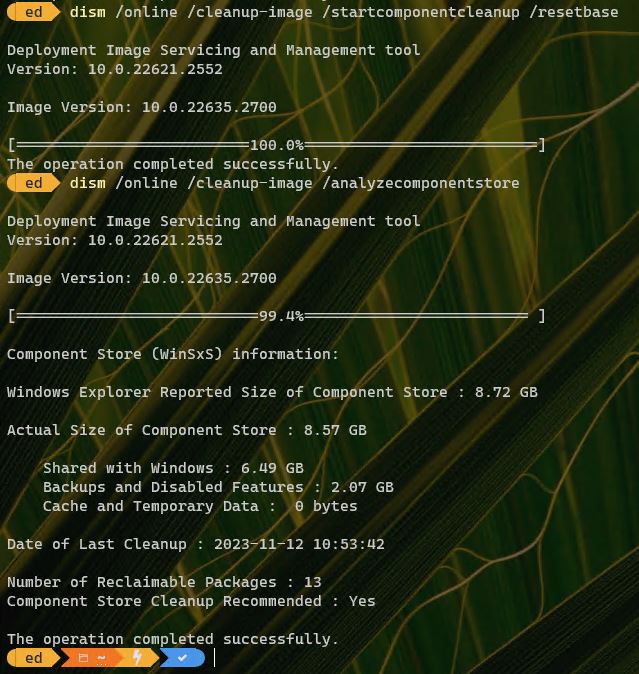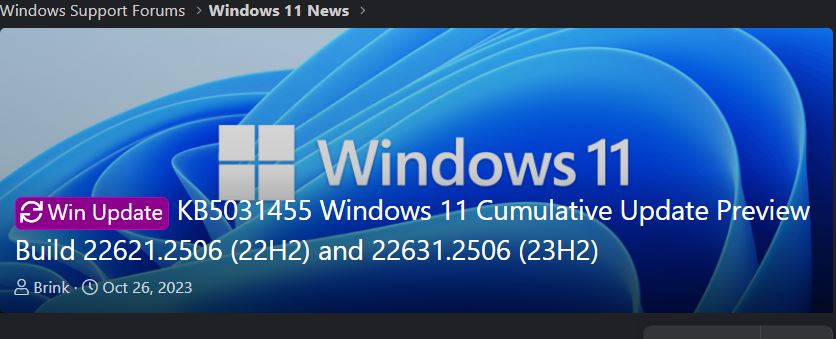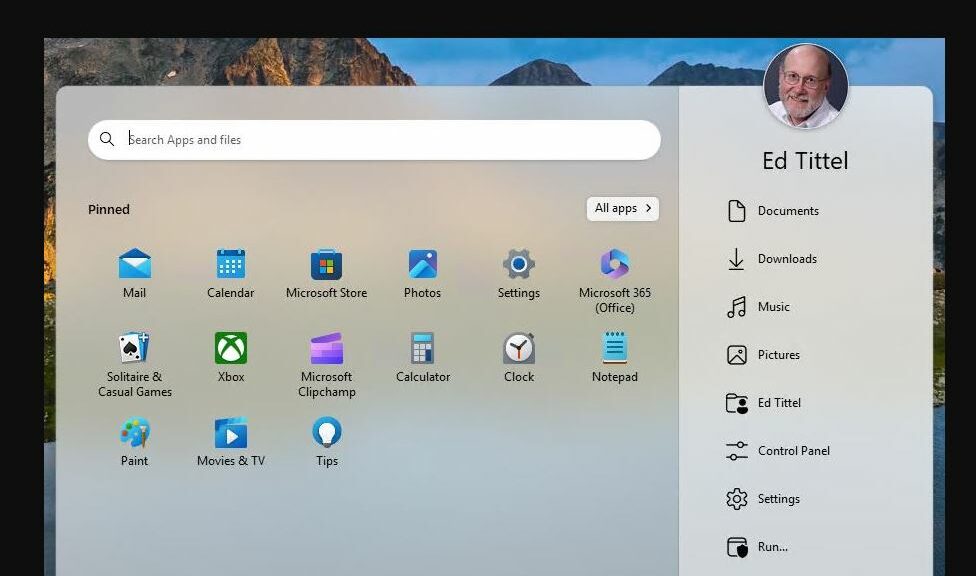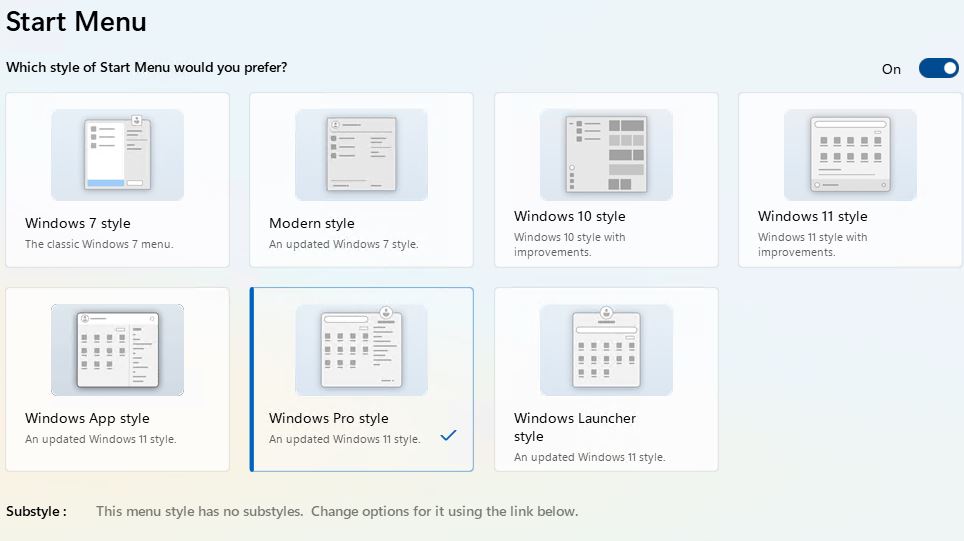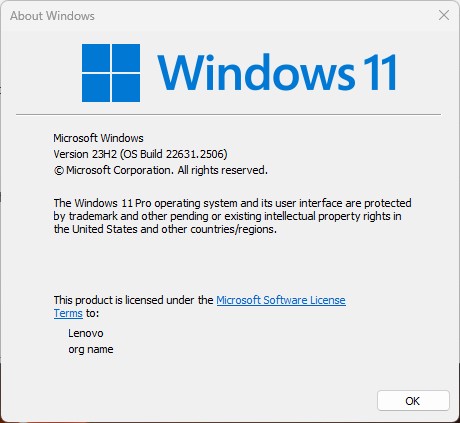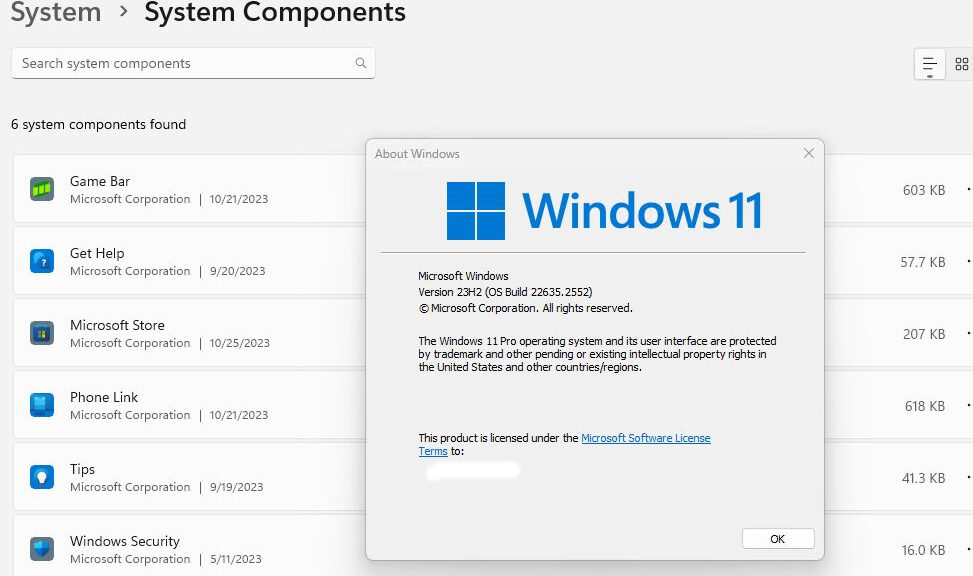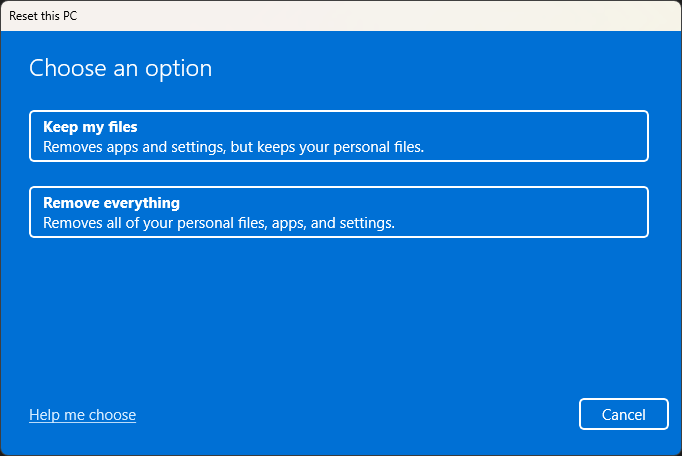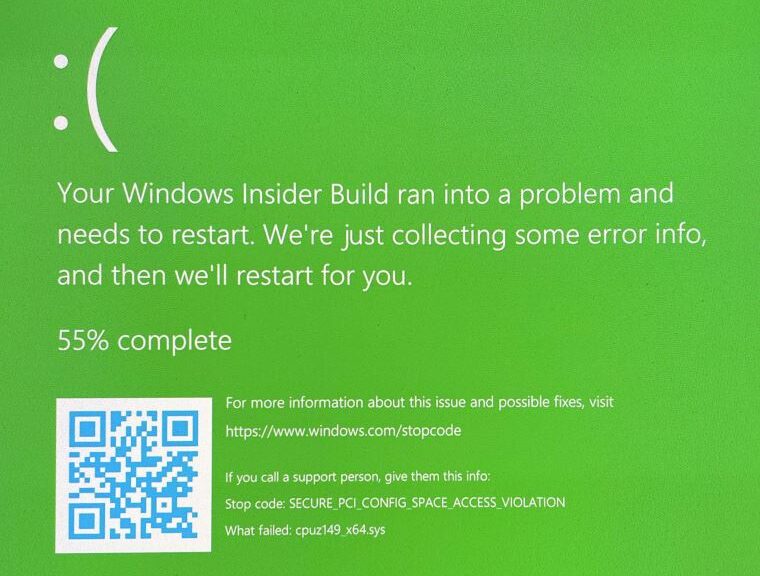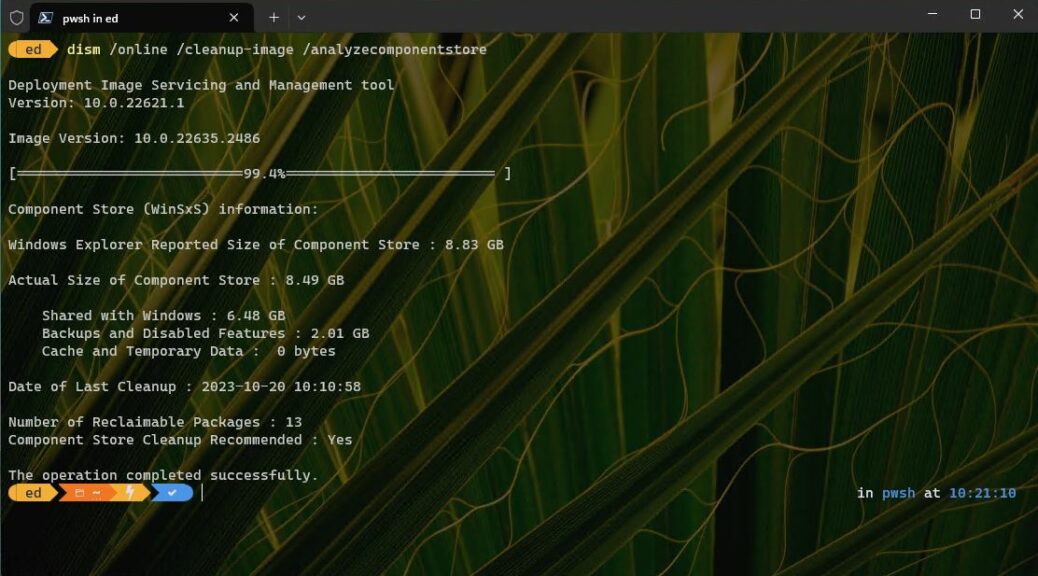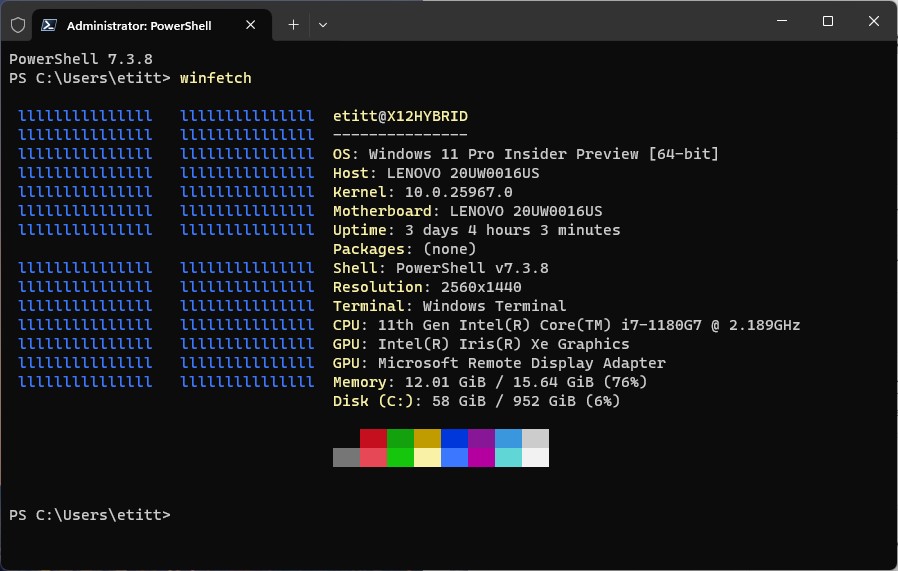I have to laugh. In the past week-plus, a huge to-do has emerged around OneDrive. Seems that MS decided not to let users quit the program without providing a reason. That is, users had to pick from a list of options to explain why they were exercising the “Quit OneDrive” option shown in the lead-in graphic before the program would cease operations. Today, MS removed that requirement as this OneDrive Quit flap flopped magnificently with users. They didn’t buy in!
Why OneDrive Quit Flap Flopped Magnificently
Simply put, the overwhelming consensus from users varied between “WTF!” and “You can’t make me do that!!!” MS was testing this survey and got savaged by respondents. According to Sergey Tkachenko at WinAero “Following negative customer feedback, Microsoft has decided to revert the OneDrive exit confirmation.” Again: LOL!
Here’s the list of options that MS presented to users as they attempted to exit OneDrive (screen-capped from the afore-linked WinAero story, since I missed to the whole shebang):
7 Ways to Leave Your OneDrive.(Credit: WinAero)
Now the quit option has reverted to its former less vexing version, as shown here:
So Quit, Already…
Case closed, I guess. Somebody, somewhere is surely thinking: “Let’s not do THAT again for a while, OK?” And boy bowdy, is that ever the way things go in Windows-World from time to time. The last laugh is the best one, they say — so let it rip! Still chuckling…
